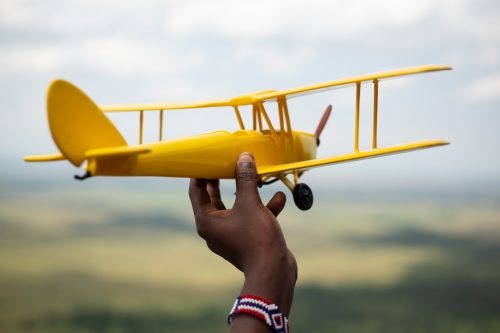Throughout Maasai history, plants have always played a crucial role in our daily life. For example, the sycamore fig plant is not only known for its healing properties but is also used in various traditional ceremonies. The milky latex is often applied to dysentery and chest diseases, symbolising healing and protection. We also consider it a sacred tree; when it falls on its own, it is seen as a sign of calamity for the leadership community.
Similarly, the Acacia tree serves multiple purposes: its bark is used to create ropes, while its leaves are a source of food for livestock. This multifunctionality illustrates the Maasai philosophy of sustainability and respect for nature.
I believe documenting Maasai plant knowledge is vital as it preserves our heritage and ensures the survival of our traditions. With modern influences and environmental changes, I have noticed a decline in the passing down of this wisdom, which can lead to incorrect use. By documenting and sharing our knowledge, we can instil pride in our culture and inspire a new appreciation for our natural surroundings.
Just as in the circle of life, the plants need the animals to thrive. Many bird species are crucial for the dispersal of seeds. As these birds digest the fruit, they excrete the seeds over a wide area, helping new plants to grow. Observing which plants attract birds can help humans identify edible or nutritious fruits.
Bees are vital for the pollination of many flowering plants. Their foraging behaviour can show the health and availability of specific plant species. For example, the presence of honeybees often suggests nearby flowering plants that are safe for humans to harvest and cultivate. Some plants, like clover, attract bees and are also beneficial for soil health.
Elephants also play a major role in maintaining the health of forests. They consume large amounts of vegetation, including bark and leaves, and their foraging helps to shape the landscape. By studying which plants elephants prefer, conservationists can gain insights into the health of those plants and identify what might benefit the local ecosystems.
These examples illustrate the intricate relationships between animals and plants, highlighting how observing animal behaviour can guide humans in understanding the safety and utility of various plant species in the environment.
One plant that holds special meaning for me is the bugleweed (ajuga integrifolia). It represents strength and resilience, as this plant once saved my life when I was 10 years old and had malaria. Growing up, I would find solace under it and soon became one of my favourites. Today, it remains a symbol of my connection to the land and my people.
Walking Safaris with a Naturalist are essential for connecting guests with the environment. I enjoy sharing the stories behind each plant and animal we encounter. Engaging with guests in the wild allows me to impart our knowledge and foster a deeper appreciation for the beauty of nature. It’s fulfilling to witness the curiosity and wonder in their eyes as they learn about the land from a Maasai perspective.
Filed under: Stories from Angama
Subscribe for Weekly Stories
Comments (0):

Out of Africa